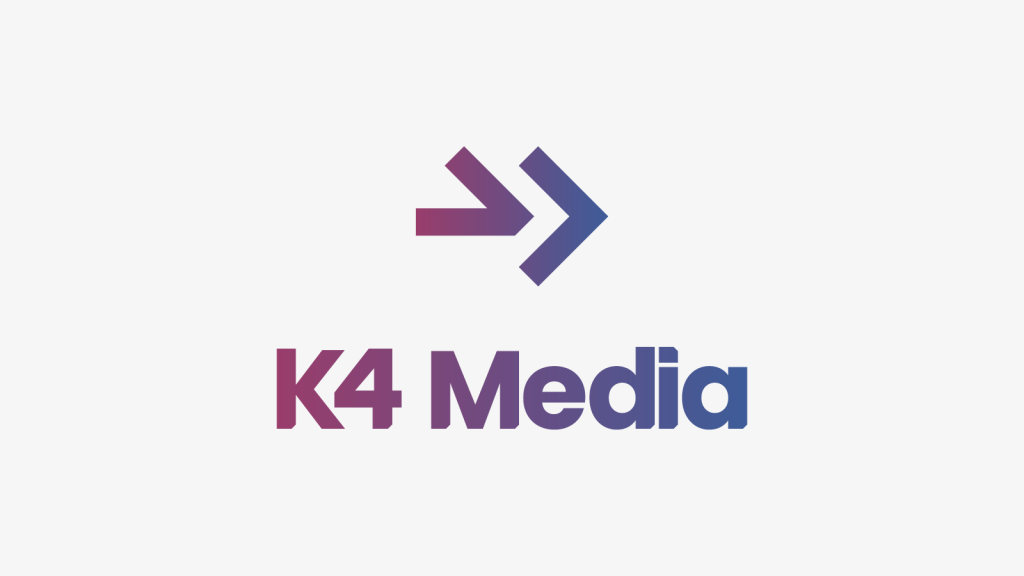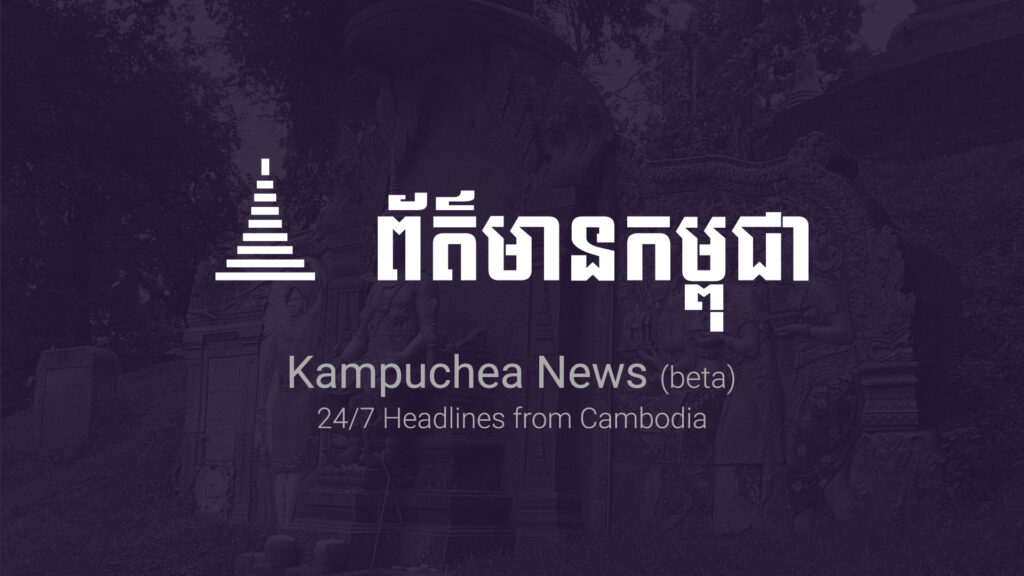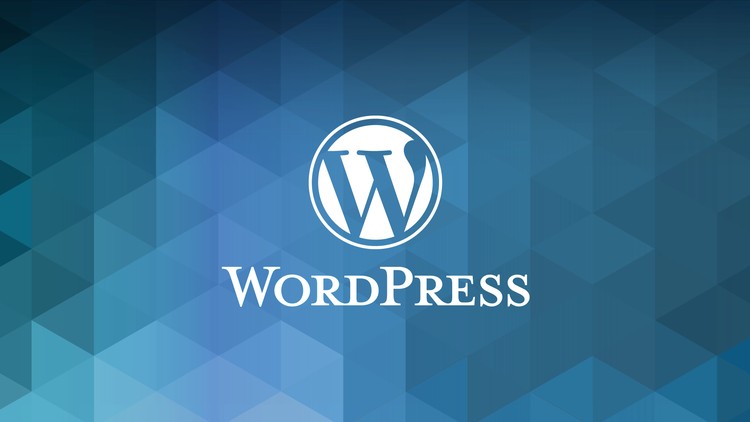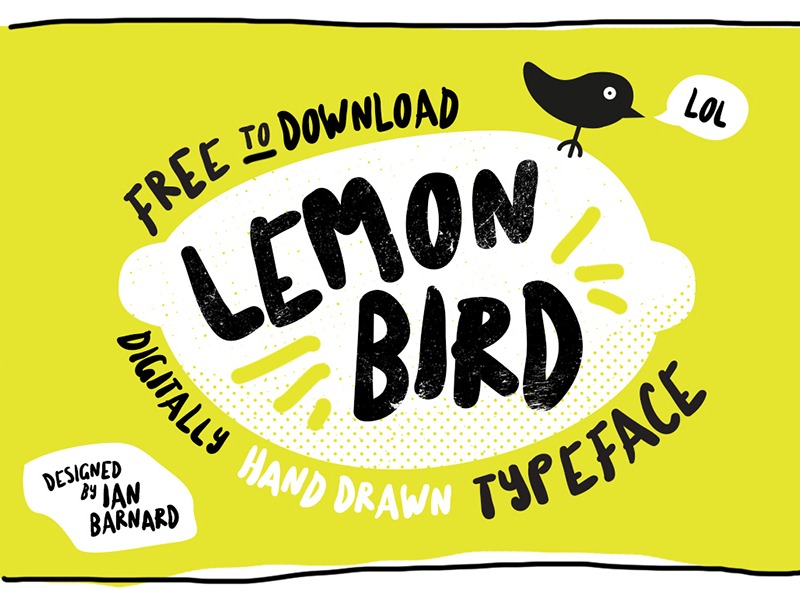
K4 Media has a new logo.
The original was created in 1999 and had gone through a few creative variations. A complete new identity is in the works. Stay tuned.

K4 Media has a new logo.
The original was created in 1999 and had gone through a few creative variations. A complete new identity is in the works. Stay tuned.

This image was made with Adobe Firefly.

Kampuchea News aggregates Cambodian news from more than 30 local and international news sources. On an average day it collects about 100 stories in English and more than 600 in Khmer.
Stories in English are categorized by province and news section, such as business, politics, crime, weird, etc.
Top News is a human-curated section of the day’s most important stories.
Kampuchea News is largely a personal project that allows me to explore new topics like AI and machine learning and revisit familiar ones like speed optimisation, javascript and PHP.
Hence the term beta. There’s an ever-growing roadmap (and bug list), with better support for Khmer, story clustering and more. But as with all personal projects, sometimes work gets in the way 🙁
Check it out at Kampuchea News. And let me know what you think.

A friend had said there was a new boxing gym just past the Japanese Bridge in Phnom Penh. Paddy Carson, a former bare-knuckle champion from Durban, had recently moved from Pattaya, Thailand, and opened the Angkor Youth Boxing Club in a sweltering old warehouse on the northern edge of Cambodia’s capital.
There, in the back, in a small ring with fraying ropes and a muddied blue canvas, Kru Paddy hammered the importance of straight punches and strong cardio into a dozen wiry young fighters with championship dreams.
http://mekongteahouse.com/photography/kun-khmer/
I’ll be showing a few photos from my Phnom Penh Post days on Thursday at the #26 Art Gallery on Street 118. It’s quite the hip little Thursday-night event. Drop by if you can.
You can view more online too: https://www.khmerfighter.com
How much does a website cost? That is the $1 million question.
A basic website is usually 10 to 20 pages or less, with standard pages such as home, about us, services or products pages, menu pages for a restaurant or room pages for a hotel, contact, etc. A basic website uses an off-the-shelf theme with little to no customisations and typically has limited functionality. Cost: $500 to $1,500
An intermediate website is typically defined by more complex designs and more pages — usually 15 to 30 pages with some customising of an off-the-shelf theme. It may include third-party integrations such as Stripe (a payment gateway), custom mapping solutions, or some basic ecommerce functionality. Cost: $1,000 to $3,500
An advanced website is generally defined by custom designs and often includes advanced functionality such as forums, ecommerce, reservation systems, etc. Costs: $2,000 to ??
The truth is, there is no simple answer to the question: How much does a website cost? (Beware of anyone who says there is.) Asking how much a website costs is a bit like asking how much does a house cost?
It varies. A lot. And there are dozens of factors that influence the final price.
Do you need a basic “brochure” website with a few pages of text and photos and a contact form? Or do you want to sell things online in your own custom-branded ecommerce store?
The former can be done in a few days, the latter a few weeks.
Obviously, the longer a website takes to make, the more it will cost, as time is the single most important factor in determining a website’s cost.
The amount of time required to create a website is largely influenced by 2 main factors: design and functionality.
By design we mean the look and feel of the website. Are simple pages with just text and images enough, or does the website require flashy animations and complex user interactions?
By functionality we mean: what does the web site do, or what functions does the site need to provide? Is a simple contact form enough, or do you want to sell things, take payments and track shipping?
For most individuals and SMEs, there are 3 ways to approach the question of website building and cost. Each of them boil down to time and money. How many hours or days will it take to make your website? Then multiply that by an hourly or daily rate, and you have a price.
The following guide is based on the assumption that you are creating a website with WordPress. If you think that WordPress is not capable of getting the job done, I recommend you get a second opinion. Call me.
This is the least expensive and fastest way to get a website online. There are tons of high-quality themes available from several reputable outlets. Choose an existing theme. Add your content. And your done.
Find themes at:
WordPress (free)
https://wordpress.org/themes/
Theme Forest (not free, but WordPress themes are typically less than $100)
https://themeforest.net/category/wordpress
PROS:
Low cost. Up and running fast.
CONS:
Limited design and functionality options. You get what the theme gives you, and nothing else.
This is a very popular option. It allows you to save on the time and costs of developing your own custom theme, but still gives you the possibility to tailor your off-the-shelf theme into something more personal.
PROS:
Allows you to tailor your site to fit your specific business needs without incurring all the time and cost of developing a custom theme.
CONS:
Customising an existing theme can only go so far.
Create a custom WordPress theme from scratch. This is the most time-consuming and expensive option, but often times it’s the only real solution for a serious business with well-defined branding and a mature company identity, or a website that needs advanced functionality such as ecommerce or third-party integrations.
Need to know more: Talk to K4 Media today.

Are you looking for a great web site on the cheap?
There is the old adage that says cheap things aren’t good and good things aren’t cheap. And in the case of WordPress, that’s almost true. Good things aren’t cheap — they’re free!
In fact, the world’s leading content management system costs nothing. And you can be up and running with your own web site in under a day.
Quite simply, there is nothing better than WordPress for making web sites. And not just cheap ones (although that’s a great place to start). With WordPress, you can build simple blog sites, simple restaurant sites, company brochures, and even full-blown ecommerce sites. There is nothing WordPress can’t do. And all for very little money.
And if you need help along the way, get in touch.

Gutenberg is the new text editor from WordPress that is rolling out with the 5.0 update. It’s a HUGE change from previous versions of the text editor. As WordPress explains:
We call the new editor Gutenberg. The entire editing experience has been rebuilt for media rich pages and posts. Experience the flexibility that blocks will bring, whether you are building your first site, or write code for a living.
Gutenberg makes it easy to build rich media pages with blocks. It will revolutionize page building in WordPress.
But.
It’s going to take some getting used to. And in the meantime, people are going to grumble. And complain. And scream. And throw their hands up and shout “I hate it!”
For those people, Jeff Starr made a plugin called Disable Gutenberg, which will disable Gutenberg and enable the old editor. The plugin will also allow you to disable Gutenberg per user, post, post type, or template. If you are not ready for Gutenberg, Starr’s plugin is exactly what you need.
For further options and ways to disable Gutenberg, read Starr’s article How to Disable Gutenberg: Complete Guide.

You can never have enough fonts. Today’s freebie comes from Web Designer Depot and it’s called Lemon Bird. Lemon Bird, created by Ian Barnard, is a hand-drawn, all-caps font perfect for web page headings, event flyers, or anything where the mood is light and upbeat.
WordPress 5.0 dropped December 6, 2018. The release is being touted as the most dramatic update to WordPress in 15 years. So what’s new? Techarim hits the highlights.
For users, the greatest addition in 5.0 is the Gutenburg editor, which is WordPress’s own page builder. Gutenburg uses drag-and-drop “blocks” that allow users to create their own page layouts. For a full analysis check out Smashing Magazine’s The Complete Anatomy Of The Gutenberg WordPress Editor. There’s also a Gutenburg video and tutorials from WordPress.
Just a month old, Gutenburg has yet to get the development community fully behind it. But give it time. Gutenburg is powerful, and it will redefine how designers approach WordPress theme building. For a good preview, checkout Colorlib’s list of 30+ Gutenburg-compatible themes.
WordPress releases a new default theme every year. Twenty Nineteen is Gutenburg-ready.